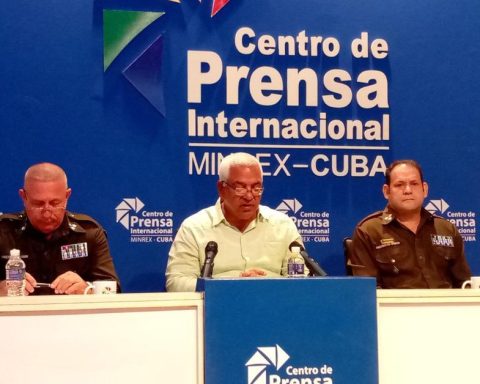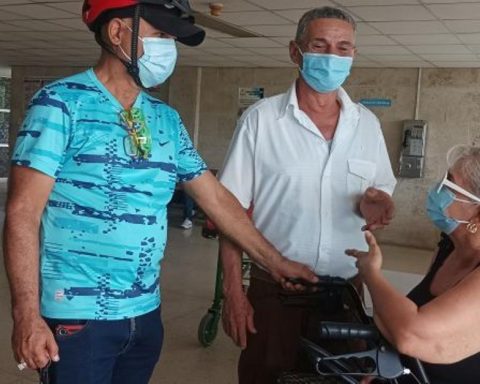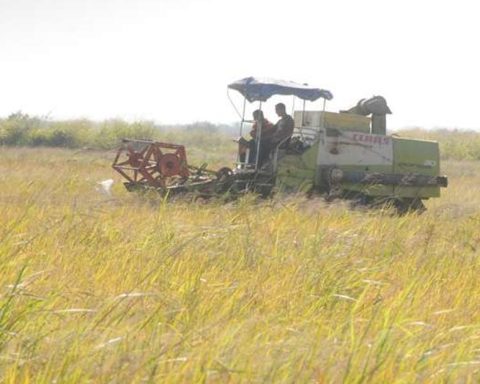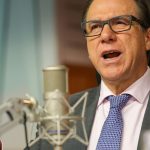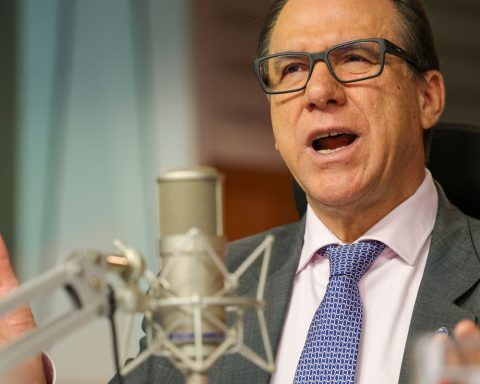Year-on-year inflation in the formal market of Cuba stood at 45.36% in April, compared to 23.69% in the same month of 2022, fueled by food and restaurants, the National Statistics and Information Office reported this Friday. (Onei).
This agency does not collect the evolution of prices in the informal market of the Island, the largest and best assortment, and more prone to inflation due to the severe shortage of basic products that the island suffers and the absolute lack of regulation.
For its part, the consumer price index (CPI) increased by 2.78% in April compared to the previous month, Onei specified.
By categories, the interannual rise of Food and non-alcoholic beverages (70.67%) stood out, followed by Restaurants and hotels (64.91%), Miscellaneous goods and services (21.79%), Furniture and household items ( 21.19%), Education (19.50%) and Transportation (19.15%).
Only in April, the prices of Restaurants and hotels experienced a rise of 4.01%, followed by 3.70% of Food and non-alcoholic beverages.
There are no data on the evolution of the Cuban informal market, where some basic product prices have doubled in the last 12 months.
All categories experienced year-on-year price increases, many of them at double-digit rates. The least inflationary were Health (2.41%), Communications (0.34%) and Alcoholic Beverages and Tobacco (1.82%), sectors controlled by state monopolies.
This strong price increase follows the one registered in 2021, when Onei estimated inflation at 77.33%, and 39.07% of the Cuban formal market in 2022.
There are no data on the evolution of the Cuban informal market, where some basic product prices have doubled in the last 12 months and an exchange rate of 120 pesos to one dollar is used. The carton of 30 eggs has gone from 600 to 2,000 pesos in Havana, when the average salary in 2022 was 4,200.
According to a report by The Economist Intelligence Unit (EIU), inflation in the informal market reached almost 740% in 2021, the first year of the entry into force of the Ordinance Task. The situation improved in 2022, since prices rose 140% in the informal market, according to the American economist Steve Hanke.
As Cuba imports 80% of what it consumes, according to UN estimates, the depreciation of the peso is relevant in the inflationary spiral. Cuba has been going through a serious economic crisis for two years, something that is evident in the shortage of basic products (such as food, medicine and fuel), the partial dollarization of the economy, prolonged and frequent blackouts, and a sharp increase in prices.
The effects of the pandemic and errors in national macroeconomic policy are the main causes of this crisis, which is fueling migration –mainly to the US– and social discontent.
________________________
Collaborate with our work:
The team of 14ymedio He is committed to doing serious journalism that reflects the reality of deep Cuba. Thank you for accompanying us on this long road. We invite you to continue supporting us, but this time becoming a member of our newspaper. Together we can continue transforming journalism in Cuba.



